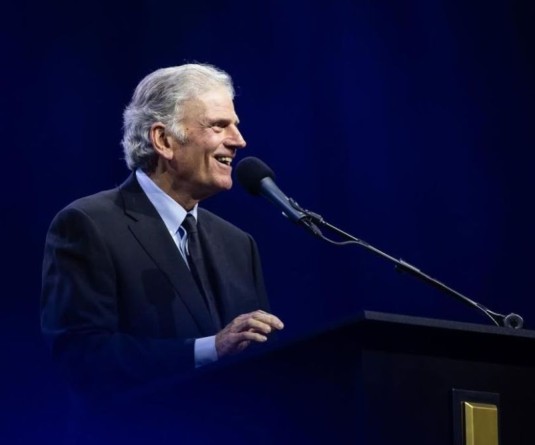
Dimapur, July 21 (MExN): The United Naga Tribes Association on Border Areas (UNTABA) has termed the content of the Hindu news report about the Framework Agreement, if true, to be an “attempt to hoodwink the Naga people again into believing that the Government of India has no responsibility to fulfill its own commitment made in the agreements about land belonging to the Nagas for the last 21 odd years.”
In a press statement issued by UNTABA Chairman, Hukavi Yeputhomi, and its General Secretary, Imsumongba Pongen, the Association maintained that Government of India’s Interlocutor to the Indo-Naga Peace Talks, RN Ravi “cannot be confused on the terms and progress of the negotiations he had been heading for the last many years.” According to them, Ravi “must be fully aware and his statement could be designed to sweep the failure of the GoI under the carpet of peace accord by saying that the position of Framework Agreement was ‘with India, not within India’.”
For the UNTABA, this was a “very serious and critical interpretation” of both the Framework Agreement of August 2015 as well as the declaration by Working Committee of the NNPGs in New Delhi in November 2017.
“The GoI, in particular the people of the Intelligence Bureau, knows in minute details the history of the whole North-East India and in particular the Naga people and Nagaland. They know very well that the entire North-East states that borders Nagaland has no inter-State boundaries in spite of the fact that the North East Re-Organization Act, was passed in 1970. Therefore, to say that ‘…boundaries of any State will neither be changed nor altered…’ bears no truth and that until and unless the GoI fulfilled its political commitment made to the Naga people in the 9 Point Agreement of 1947 at Kohima to re-transferred back all the Naga Reserve Forests and contiguous Naga areas to Naga people, by the emissaries of the Interim Government of India, namely Akbar Hydari Ali and Gobinath Bordoloi, the then Governor and Premier of Assam Province just before the adoption of the Constitution of India on January 26, 1950, which was re-iterated in the 16 Point Agreement of 1960 points No. 12 & 13, there will be no definite inter-State boundaries in this part of India,” reminded the UNTABA.
Further, they affirmed that “unless Indo-Naga political settlement is brought about by fulfilling this commitment, the reason of the Naga people joining the new union of India, any political settlement shall be unacceptable and it shall bring about more political frictions in the North-East.” As per the Association, all agreements entered and signed by the GoI or by its predecessors even before the enactment of the Constitution of India are protected under Article 363 of the Constitution of India.
Response to Dimasa National Council
Responding to a statement by the Dimasa National Council, whose credentials and claims have been questioned by the Dimasa Public Organisation Nagaland, the UNTABA clarified “doubts about history.”
According to Hunter’s Statistical Account of Assam published in 1870 - page 177, stated the UNTABA, the Deputy Commissioner in 1870 roughly put the population at 82,500 and estimated the relative numbers of the different races as follows: i) Assamese – 705; ii) Aitanyas – 355; Cacharis – 3505; iii) Mikirs – 8820; iv) Kukis – 2524; and v) Nagas 66,535–82,444.
“No regular census has ever been taken of the Naga Hills, and it is impossible, therefore, to give a correct estimate of the population,” they recorded.
As per the number available, “The figures of the first three named races were obtained by referring to the number of houses shown in the Revenue Returns, and calculating on the average of five inmates to each house.”
The UNTABA maintained that “During this period of history, from ‘Seebsaugor’ town, the present Sibsagar, which was established purely on the lands of illiterate Naga people of those days, leased out to new prospectors and the newly established Assam Company for Tea Industries by the British Imperial Government of India, part of Jorhat to Golaghat, to Kaliani river, then to Kopili river bordering the present Jaintia Hills to Barak river valley were all under Naga Hills District, the boundary of which were notified in 1867 and then rectified in 1875.”
The Association affirmed that “These are roughly the land and boundaries committed to be re-transferred to Naga people for which the Naga joined the union of India during its independence from British Raj. Unless these commitments are fulfilled, the Naga people shall pursue more vigorously for its inherent right.”






